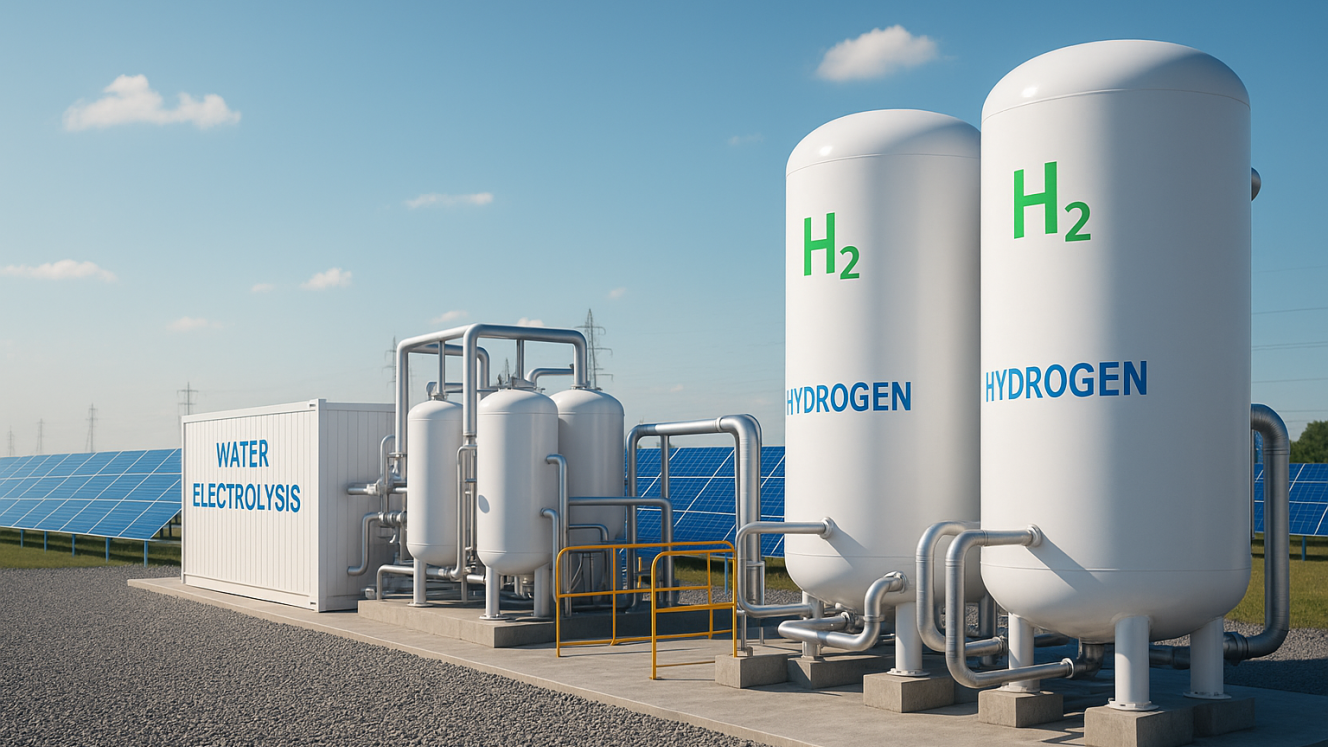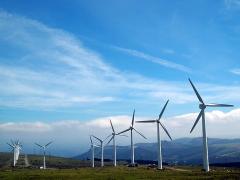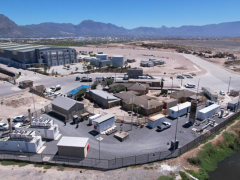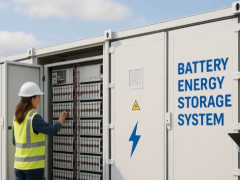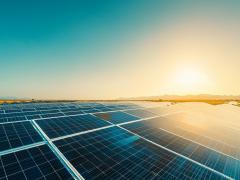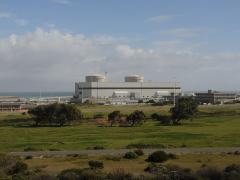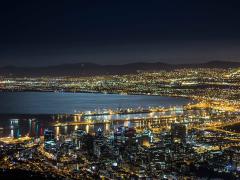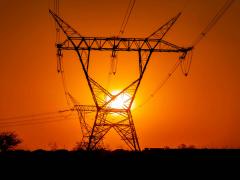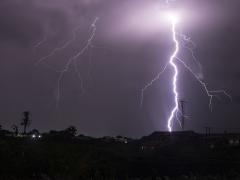Eskom has issued a tender for the construction of a pilot renewable hydrogen facility, indicating the entity’s first step towards integrating green hydrogen into the energy mix.
The utility plans to build a water electrolysis hydrogen generation facility at the Rosherville Eskom Research and Innovation Centre. According to the tender, the three-year contract will include the integration of the new plant into an existing 400 kW solar photovoltaic system at the site.
The pilot plant will comprise five integrated sub-systems:
- Electrical configuration
- Energy management
- Hydrogen storage
- Hydrogen end-use workstation
- Full hydrogen production process, including water demineralisation and storage
Eskom already operates a grey hydrogen pilot at the Matimba coal power station. The move towards green hydrogen aligns with the priorities stated by the Ministry of Electricity and Energy under the South African Renewable Energy Masterplan.
“This facility will assist in further research in the rollout of renewable hydrogen technology,” Eskom said in the bid specification document.
Tender submissions close on June 27. Details can be found on Eskom’s tender portal.
Is the global hydrogen hype cooling?
Meanwhile, globally, Norwegian state-owned utility Statkraft has announced it will cease all new green hydrogen project developments across its markets, citing heightened market uncertainties and financial risks.
“After reducing the ambition level on green hydrogen development last year, we are experiencing even more uncertainty in the market,” said Birgitte Ringstad Vartdal, President and CEO of Statkraft. “Therefore, Statkraft has decided to stop new development of green hydrogen and, going forward, we will prioritise growth opportunities in other technologies and market operations.”
While new projects are on hold, Statkraft will continue to mature parts of its existing hydrogen portfolio, particularly those with substantial external funding, before seeking investors for realisation. Notably, projects in the UK and Germany, including a 200 MW electrolyser in Emden backed by €107 million in EU funding, are among those under consideration.
The decision reflects investor caution around green hydrogen, driven by persistent cost challenges and long development timelines. At the end of 2024, BloombergNEF revised its long-term cost projections, warning that green hydrogen will be more expensive than previously expected. The latest forecast estimated costs to decline from US$3,74-US$11,70 per kilogram to between US$1,60 and US$5,09 per kilogram by 2050. This is a marked shift from earlier expectations that green hydrogen could reach US$2/kg in most major markets by 2030-2035. BloombergNEF now expects cost competitiveness to be reached only after 2050 – and only in select regions.
However, Statkraft said it continues to believe in the long-term future of green hydrogen and its importance in reducing emissions from carbon-intensive industries. “Market activities related to hydrogen will continue to be part of Statkraft’s portfolio,” the company said in a statement.
